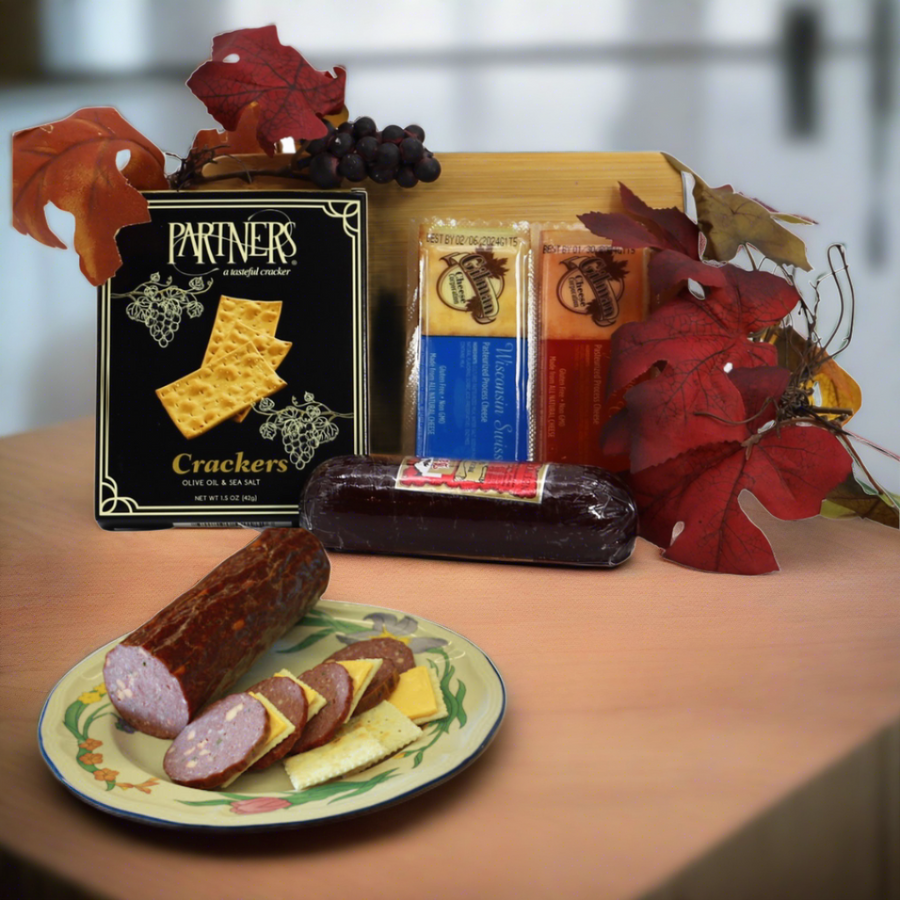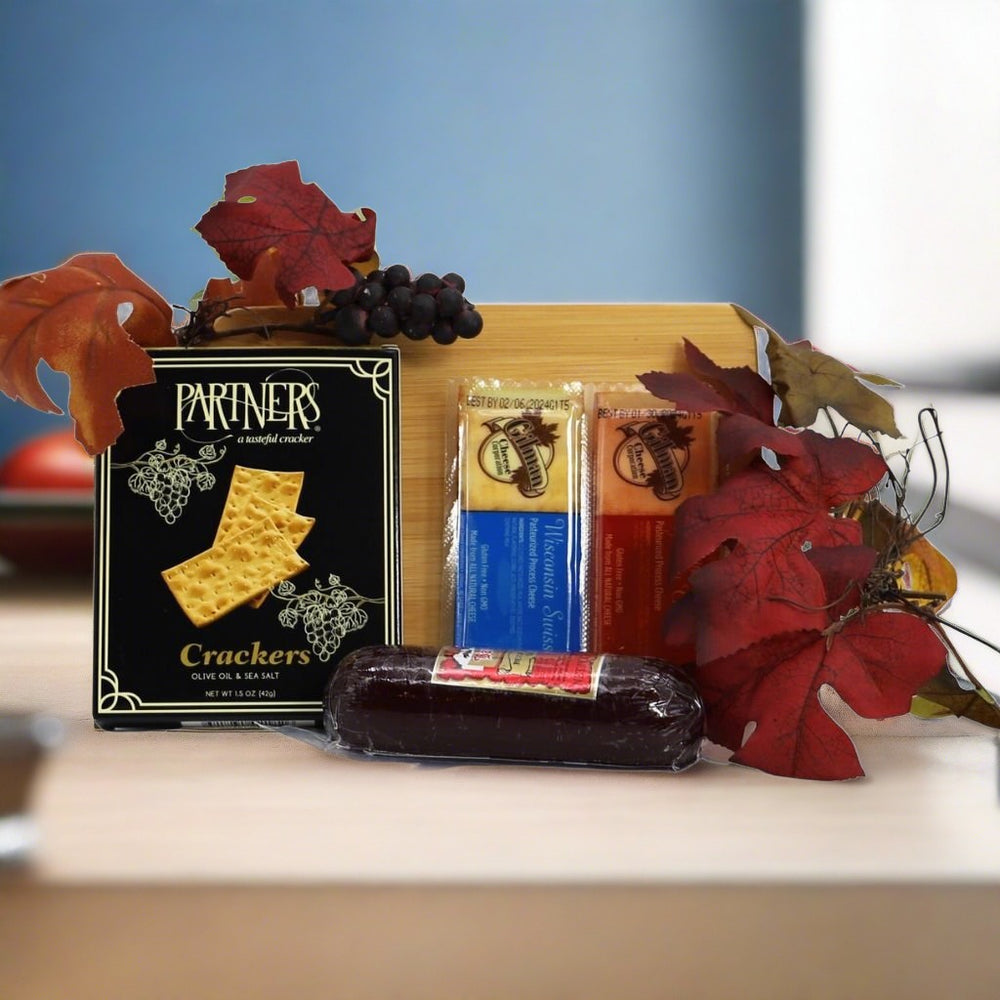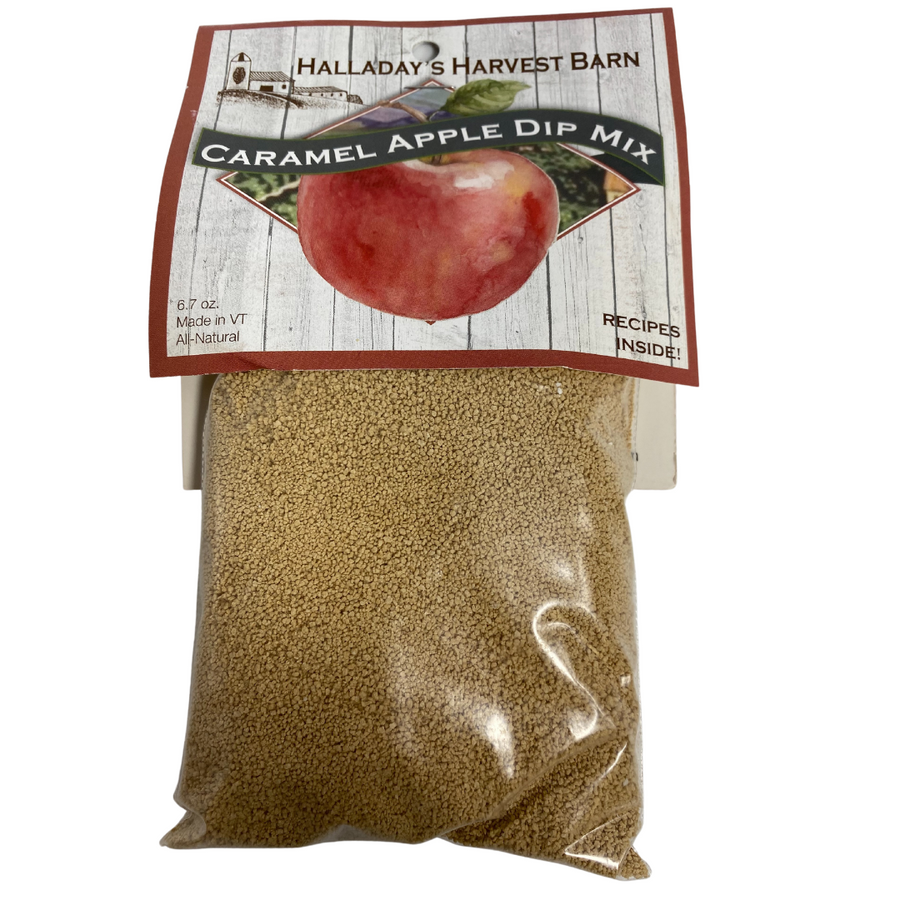Festival of Lights
Welcome to a world of shimmering lights and magical splendor! In this captivating guide, we will take you on a journey through one of the most enchanting festivals on earth - the Festival of Lights. Immerse yourself in the brilliance and beauty of this dazzling celebration as we delve into its origins, traditions, and the breathtaking displays that make it an unforgettable experience.
The Festival of Lights, also known as Diwali or Deepavali, holds deep cultural and religious significance for millions around the globe. It is a time of joy, renewal, and the triumph of light over darkness. Prepare to be amazed by the radiant fireworks, intricately designed Rangoli patterns, and the warm glow of countless diyas (oil lamps) adorning homes and streets.
Discover the fascinating legends and stories behind this festival as we explore the customs of exchanging gifts, indulging in delicious sweets, and performing ancient rituals. Learn how this festival unites families and communities, fostering a sense of togetherness and goodwill.
Whether you are a seasoned festival-goer or a curious traveler, this guide will equip you with all the knowledge you need to fully embrace the incredible world of lights. Let the Festival of Lights illuminate your spirit and leave you spellbound by its sheer magnificence.
Historical significance of the Festival of Lights
The Festival of Lights, known predominantly as Diwali or Deepavali, carries a rich historical significance that stretches back thousands of years. This festival is celebrated in various forms across different cultures, with roots deeply embedded in Hindu, Sikh, Jain, and Buddhist traditions. At its core, Diwali symbolizes the victory of light over darkness and good over evil. The historical accounts suggest that this festival originated from ancient agricultural practices, marking the end of the harvest season and the beginning of winter.
One of the most recognized legends associated with Diwali is that of Lord Rama’s return to Ayodhya after a 14-year exile and the defeat of the demon king Ravana. To celebrate his homecoming, the people illuminated the kingdom with oil lamps, known as diyas, symbolizing hope and joy. Similarly, in Jainism, Diwali is celebrated to commemorate Lord Mahavira's attainment of nirvana. The Sikh community also observes this festival in honor of Guru Hargobind Ji's release from imprisonment. Such diverse narratives highlight the festival's universal theme of liberation, renewal, and the enduring power of light.
As the centuries progressed, the Festival of Lights evolved into a multi-faceted celebration reflecting local customs and practices. It is now not only a religious observance but also a cultural event that transcends boundaries, fostering unity among communities. The festival's historical significance has made it a time for introspection, gratitude, and the reaffirmation of one’s beliefs and values, making it a cherished occasion for millions worldwide.

Different names and traditions of the Festival of Lights around the world
The Festival of Lights is celebrated under various names and traditions across the globe, each reflecting unique cultural nuances and historical tales. In India, the festival is most commonly referred to as Diwali, which translates to "row of lights." It is observed with great enthusiasm across the country, with families engaging in rituals, exchanging gifts, and partaking in communal festivities. In contrast, in Nepal, the festival is known as Tihar, which emphasizes the reverence towards animals, where each day is dedicated to honoring different creatures like crows, dogs, and cows.
Beyond the Indian subcontinent, the Festival of Lights has found its way into many cultures. For instance, in the Jewish tradition, Hanukkah, the Festival of Lights, celebrates the rededication of the Second Temple in Jerusalem and the miracle of the oil that lasted for eight days. This festival is marked by lighting the menorah, playing games, and indulging in festive meals. The commonality lies in the celebration of light as a symbol of hope and resilience, even in the face of adversity.
In the United States, the Festival of Lights has been embraced by various communities, particularly by those of Indian and Jewish descent. Celebrations often include public events, parades, and cultural exhibitions that showcase the vibrant traditions associated with Diwali and Hanukkah. As these global traditions continue to blend and evolve, the Festival of Lights serves as a reminder of our shared humanity and the universal pursuit of joy, peace, and prosperity.
Symbolism and rituals associated with the Festival of Lights
The Festival of Lights is rich with symbolism and rituals that embody its core messages of hope, renewal, and triumph. Central to the celebration is the lighting of diyas, which represent the dispelling of darkness and ignorance. In Hindu tradition, the festival is associated with the worship of Lakshmi, the goddess of wealth, prosperity, and abundance. Families clean and decorate their homes to welcome her, believing that her presence will bring fortune and happiness. The act of lighting lamps is not merely decorative; it serves as an invocation for divine blessings.
Another significant ritual during Diwali is the performance of the Lakshmi Puja, where families gather to offer prayers and seek the goddess's favor. This ritual is often accompanied by the recitation of prayers, singing of hymns, and the sharing of sweets. In addition to Lakshmi Puja, various communities engage in other practices that reflect their unique beliefs. For instance, Sikhs commemorate the release of Guru Hargobind Ji from captivity by lighting candles and holding festive gatherings, while Jains celebrate the attainment of enlightenment by Lord Mahavira.
The symbolism of the festival extends beyond the rituals. The firecrackers and fireworks that illuminate the night sky represent the joy and celebration of life. They are believed to ward off evil spirits and bring happiness and cheer. Additionally, the creation of vibrant Rangoli designs at the entrance of homes signifies the welcoming of guests and the arrival of prosperity. These rituals and symbols are interwoven into the fabric of the Festival of Lights, creating an atmosphere of excitement, devotion, and togetherness.
Popular decorations and activities during the Festival of Lights
Decorations play a pivotal role in the Festival of Lights, transforming homes and streets into vibrant tapestries of color and light. The use of diyas, candles, and lanterns is ubiquitous, as families adorn their living spaces with these illuminating elements. It’s a common sight to see windowsills and balconies lit up with flickering lights, creating a warm and inviting ambiance. In many households, intricate Rangoli designs are crafted at the entrance, made from colored powders, flowers, or rice, adding a touch of artistry and welcoming guests with an expression of hospitality.
In addition to lighting up homes, communities often come together to organize public displays of lights and decorations. Streets are adorned with strings of lights, creating a festive atmosphere that captivates both residents and visitors alike. Markets bustle with activity as vendors sell decorative items, sweets, and festive attire, contributing to the vibrant spirit of the occasion. The sense of community is palpable, as people join in the celebrations, sharing their creativity and joy through various decorative expressions.
Activities during the Festival of Lights are diverse and engaging. Families gather to engage in traditional games, such as playing cards, which is a popular pastime during Diwali. These games serve not only as entertainment but also as a means of bonding and creating lasting memories. Fireworks displays are another highlight, with communities coming together to watch the sky light up in brilliant colors. The shared experiences of decoration, celebration, and togetherness during the festival foster a sense of unity, making it a cherished occasion for all.
Traditional foods and recipes for the Festival of Lights
Food is an integral aspect of the Festival of Lights, with traditional dishes and sweets taking center stage during the celebrations. Each region has its unique culinary delights that reflect local flavors and customs. Sweets, known as "mithai," are particularly significant during Diwali; they are exchanged among friends and family as symbols of goodwill and prosperity. Popular treats include laddoos, gulab jamun, barfi, and jalebi, each with their own distinctive taste and preparation method.
The preparation of these festive foods often becomes a communal activity, where families gather in the kitchen to create these delightful confections. Recipes are often passed down through generations, adding a layer of nostalgia and tradition to the cooking process. The scent of frying sweets and the sound of laughter echoing through homes during these preparations create an atmosphere of warmth and joy. Meals served during the festival are typically lavish, featuring an array of savory dishes such as biryani (a mixed rice dish, made with rice, some type of meat (chicken, goat, lamb, beef, prawn, or fish) and spices. Samosas (a pastry with a savory filling, mostly vegetables, spiced potatoes, onions, peas, also meat, or fish.), and paneer tikka (a vegetarian alternative to chicken tikka and other meat dishes.), ensuring that there is something for everyone to enjoy.
In addition to traditional dishes, many families also take the opportunity to explore new recipes and create fusion dishes that reflect contemporary tastes. This blending of old and new in culinary practices not only enhances the festivity but also showcases the evolving nature of cultural traditions. The act of sharing food during the Festival of Lights reinforces bonds and creates a sense of togetherness, making each bite an expression of love, joy, and celebration.

Festivals and events celebrating the Festival of Lights worldwide
The Festival of Lights is celebrated globally, with various festivals and events dedicated to honoring this luminous occasion. In India, Diwali is observed with grandeur, with public celebrations featuring fireworks, cultural performances, and fairs that attract thousands of visitors. Cities like Jaipur and Varanasi are particularly renowned for their elaborate displays and vibrant festivities, drawing tourists from around the world eager to experience the enchantment of Diwali.
Apart from India, countries with significant Indian communities, such as Nepal, Sri Lanka, and Malaysia, also celebrate the Festival of Lights with great enthusiasm. In Nepal, Tihar is marked with unique rituals honoring animals, while in Malaysia, the festival is recognized as a public holiday, showcasing the country's multicultural fabric. The spirit of Diwali has transcended borders, with celebrations in Western countries often including community events, parades, and cultural showcases that highlight the importance of unity and diversity.
In the United States, various cities host large-scale Diwali celebrations, particularly in areas with a high concentration of Indian Americans. Events often include traditional dance performances, music, art displays, and food fairs that immerse attendees in the rich cultural heritage associated with the festival. These events not only celebrate the Festival of Lights but also educate and inspire appreciation for diverse traditions, creating an inviting space for people of all backgrounds to join in the celebrations.
Tips for celebrating the Festival of Lights with family and friends
Celebrating the Festival of Lights with family and friends is a wonderful way to strengthen bonds and create lasting memories. One of the best ways to begin is by involving everyone in the preparations. Start by decorating your home together, allowing each member to contribute their creativity. Whether it's lighting diyas, creating Rangoli designs, or hanging decorative lights, the collective effort will foster a sense of teamwork and excitement.
Another great tip is to plan a potluck-style meal where everyone brings a dish. This not only allows for a variety of flavors but also encourages sharing of family recipes and culinary traditions. Engaging in cooking together can be a delightful experience, filled with laughter and the joy of creating something special. Sharing stories and memories related to the dishes can further enhance the experience and strengthen family ties.
Incorporating games and activities into your celebration can also elevate the festive spirit. Organize traditional games, such as card games or board games, where family members can compete in a friendly manner. Additionally, consider hosting a small fireworks display or attending a local event to witness the grandeur of fireworks together. These activities create a lively atmosphere, ensuring that everyone feels included and cherished during this joyous occasion.
Conclusion: Embracing the spirit of light and joy
The Festival of Lights is a magnificent celebration that transcends cultural and geographical boundaries, embodying the universal themes of hope, togetherness, and renewal. As we reflect on the rich history, diverse traditions, and vibrant activities associated with this festival, we are reminded of the profound impact it has on individuals and communities alike.
Celebrating Diwali or the Festival of Lights is not merely about the external decorations or feasting; it is an opportunity to embrace the spirit of light within ourselves and share that illumination with others. It encourages us to foster goodwill, compassion, and kindness as we illuminate the lives of those around us.
As we partake in the festivities, let us keep the essence of the Festival of Lights alive by spreading happiness, creating cherished memories, and making responsible choices for our planet. Whether through decorating our homes, sharing meals, or engaging in communal celebrations, we can all shine bright and honor the beauty of this extraordinary festival, ensuring that the light of joy continues to glow in our hearts and in our communities.














